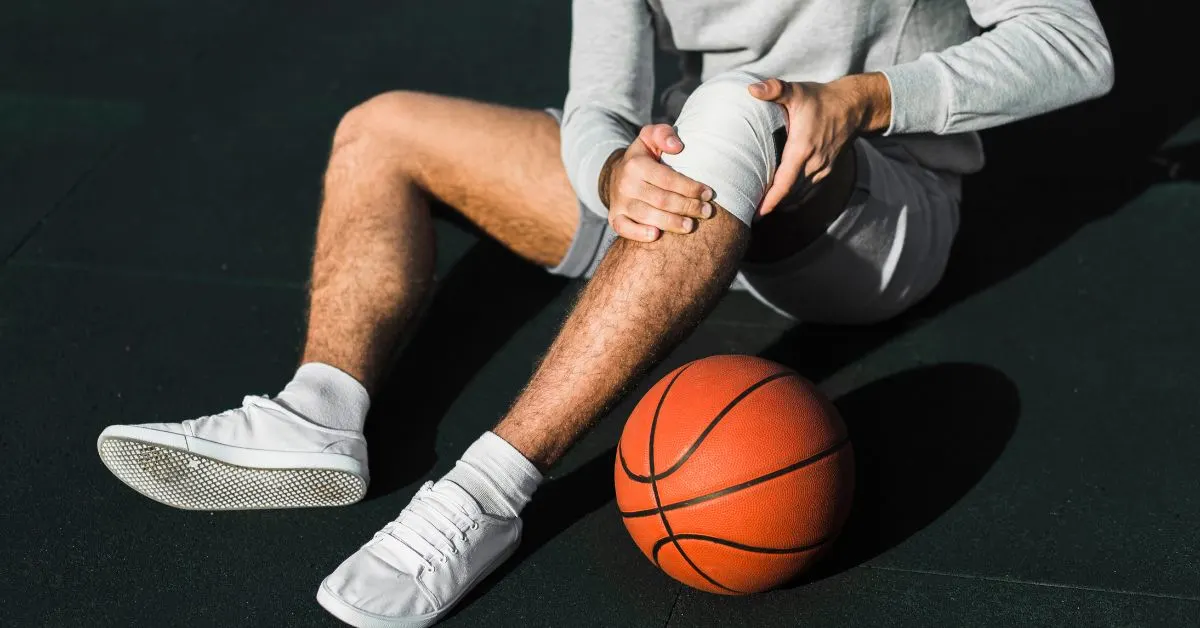You twist your knee during football. There’s pain, swelling, and panic: “Will I ever play again?”
Sports injuries don’t just sideline players—they affect confidence, daily life, and long-term health. In India, where athletes (professional and amateur) increasingly push boundaries, sports physiotherapy in India is not just helpful—it’s essential for recovery.
Why Sports Injuries Happen?
- Sudden overload: abrupt change in direction, speed, or force (e.g., in sprinting, jumping).
- Repetitive stress: overuse injuries such as tennis elbow, shoulder impingement, or muscle strains.
- Poor biomechanics or lack of conditioning (weak muscles, poor flexibility).
- Accidents, falls, collisions.
- Post-surgery complications or improper rest.
What Happens After a Sports Injury?
- Immediate pain, swelling, and possibly loss of function.
- The body’s acute reaction: inflammation, limited movement to protect the injured area.
- If untreated or poorly managed: scar tissue, stiffness, muscle imbalance, risk of reinjury.
- Post-surgery (ACL repair, rotator cuff repair, etc.): need for structured, progressive care.
Why Physiotherapy Matters in Sports Injury Rehab?
- Restores function: helps regain range of motion and strength.
- Reduces pain and swelling through evidence-based treatments.
- Prevents long-term damage by guiding correct movement patterns.
- Speeds up return to sport vs just waiting or using passive care.
- Custom recovery: for knee injury, shoulder, back, ankle, or muscle strain, etc., physiotherapy tailors treatment.
Role of Physiotherapy in Different Stages of Recovery
Here’s how physiotherapy helps in each phase, and some techniques used.
| Phase | What Happens | Physiotherapy Role |
| Acute Phase (Immediately after injury) | Swelling, pain, limited mobility. | – Pain control (ice, cold therapy, rest) – Gentle range-of-motion (ROM) exercises to avoid stiffness – Protection of injured tissue (bracing, support) |
| Rehabilitation Phase | Recovery of strength, flexibility, and movement patterns. | – Progressive strength training (e.g. for ACL injury rehabilitation India) – Balance, proprioception drills – Stretching and flexibility work – Modalities like joint mobilisation, manual therapy |
| Return-to-Sport Phase | Athlete readies to return to full activity; risk of reinjury if rushed. | – Agility drills, sport-specific movement training – Plyometrics and dynamic exercises – Evaluation of biomechanics, functional testing – Gradual load increase, monitoring |
Physiotherapy Techniques Used in Sports Rehab
- Manual therapy: mobilisations, massage, trigger point release
- Electrical modalities: ultrasound, TENS, cold/compression therapy
- Dry needling, cupping (used especially for muscle strain or tightness)
- Taping & support: knee taping, ankle strapping, etc.
- Functional exercise: strength, flexibility, balance, and agility drills
Growing Demand for Sports Physiotherapy in India
- More students are opting for a Master’s in Sports Physiotherapy in India. About 23 universities and 180 colleges offer such specialisations.
- The market is growing ~10-12% annually in demand for sports physiotherapists.
- Increasing awareness among athletes (both amateur & pro), fitness enthusiasts, and even the general public about injury rehabilitation physiotherapy.
- New clinics and centres are investing in advanced tech (motion-capture, wearable tech) to up their physiotherapy for athletes.
Key Benefits of Sports Physiotherapy in India
- Faster recovery from ACL injury, knee injuries, shoulder injury recovery, ankle sprain recovery, etc.
- Better outcomes post-surgery (post-surgery physiotherapy for athletes reduces complications).
- Reduced risk of re-injury and chronic issues (e.g., from back injury, muscle strains) by correcting movement patterns.
- Enhanced performance: strength, agility, and flexibility all improve.
- Cost-effective in the long run: therapy prevents further damage and expensive surgeries.
Conclusion
If you want to get back in the game—without lingering pain or repeat injury—physiotherapy for athletes is your best route. Whether you’re recovering from an ACL injury, shoulder trauma, ankle sprain, or even post-surgery, a well-structured physiotherapy plan makes all the difference. Sports physiotherapy in India is no longer niche—it’s central to real, long-lasting recovery.
Ready to commit to your recovery path? Let us help.
Explore our sports injury rehab services or book a consultation today to get a tailored physiotherapy program for knee injuries, shoulder recovery, or any sports injury you’re facing.
Key Takeaways
- Physiotherapy is not optional after sports injuries—it’s essential for sports injury recovery treatment.
- Starting rehab early, progressing through phases, and using correct techniques matter.
- India has a growing gap in supply vs demand for quality sports physiotherapy.
- Whether for ACL injury rehabilitation in India, back injuries, shoulder injuries, ankle sprains, or muscle strain, skilled physiotherapy gives better outcomes.
- Advanced techniques and sports-specific rehab are becoming the norm, not the luxury.
 9940942530
9940942530 devisethu1@gmail.com
devisethu1@gmail.com

